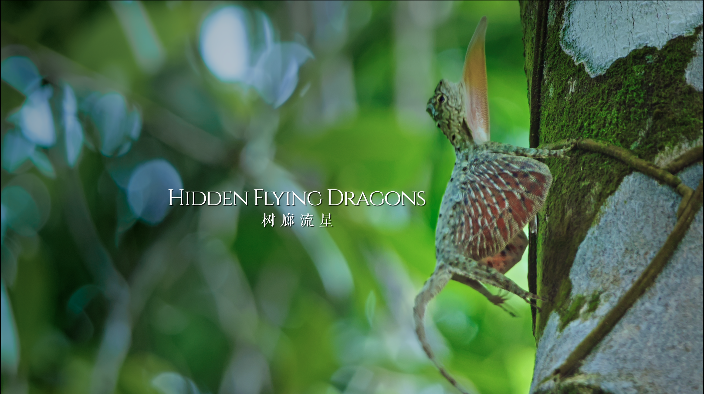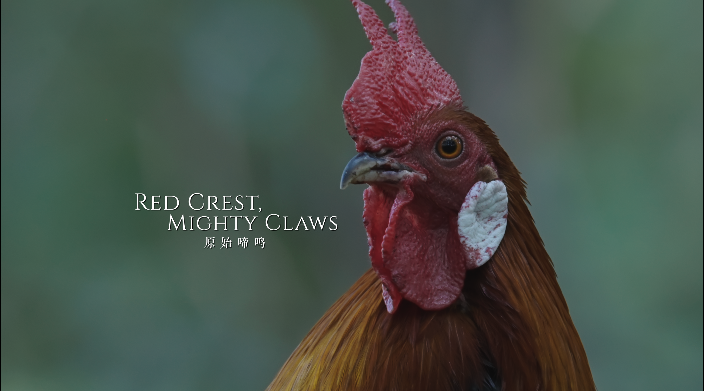By continuing to browser our site and use the services you agree to our use of cookies, Privacy Policy and Terms of Use. You can change your cookie settings through your browser.
The scales of the Spotted Flying Dragon, an ‘invisible resident’ of the Hainan tropical rainforest, subtly change in color according to the angle of the light, protecting the lizard though the art of camouflage.
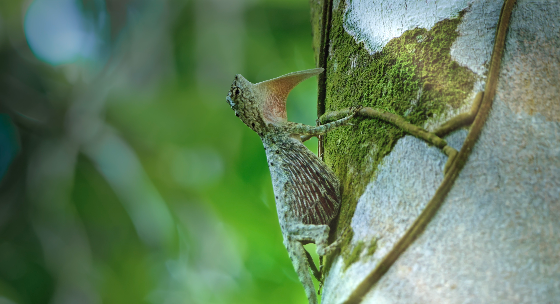
The Spotted Flying Dragon, a reptile in the Agamidae family and Draco genus, is also known by the scientific name Draco maculatus. The species is found in Hainan, the Guangxi Zhuang Autonomous Region, Yunnan, Fujian, and other parts of Chinese mainland, as well as in India, Thailand, Myanmar, Vietnam, and the Malay Peninsula, where it makes its home at altitudes between 550 and 1,540 meters above sea level in tropical or subtropical forests or along the margins of low-elevation forests.
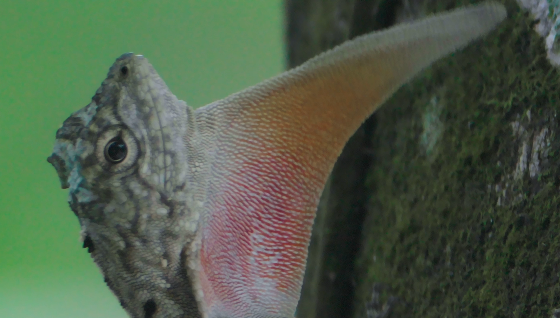
A Spotted Flying Dragon perches on a tree, resembling a patch of ‘breathing tree bark’. Alternating bands of light and dark scales reproduce the texture of the tree bark with millimeter-level precision, and even the scales along the lizard’s tail echo the wrinkles of the bark. As the light changes, it cleverly adjusts the angle of its body and subtly shifts the color of its scales to continue to blend in to the surrounding environment. Spotted Flying Dragons live most of their lives aloft in trees, rarely descending to the forest floor. These agile lizards often move about in male-female pairs. As they creep along tree trunks and branches in search of food, their winglike membranes remain folded back along their bodies like fans. When they glide through the forest, the membranes unfold like a parachute, allowing the lizards to travel along diagonal paths to lower perches on the same or even different trees. They are able to change direction while in flight, but can only descend through the air, never landing higher than their starting point.
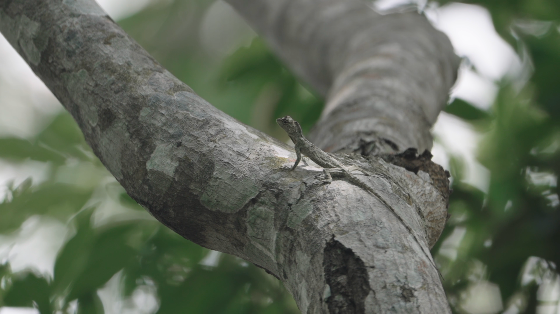
The tree is the inviolable ‘kingdom’ of the resident Spotted Flying Dragon. Any unusual leaf rustling or odd smell caught on the breeze triggers the lizard’s alarm bells. This almost paranoid level of vigilance is required to keep the creature’s territory completely secure. The lizard’s expanding throat pouch acts as both a deterrent and a declaration of sovereignty. Its back is gray-brown or copper-green in color, with black horizontal stripes between the eyes on the back of the head, along the the body, and on the top of the tail, while the ventral, or belly side is yellow-white with irregular black spots. The top side of the lizard’s wing membranes are orange-yellow or orange-red, with an abundance of large, scattered black spots, while the other side is grayish white. The throat pouch is light yellow-brown on the upper side, with blue spots at the base, while the lower surface is reddish brown or yellow.
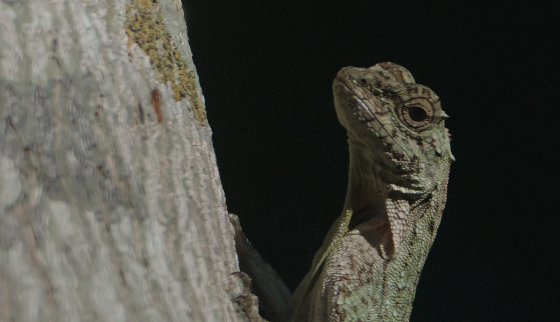
Some Spotted Flying Dragons do not confine themselves to a single tree, but instead boldly seek out new territory. When they leap,their wing membranes deploy. These are not true wings, but instead skin flaps that allow the lizards to glide long distances through the air, controlling their pitch through movements of their forelegs and using their tails as rudders to adjust their direction. As they glide from one tree to the next, they continually reconstruct their small kingdoms.
Under the green tree canopy in Hainan’s tropical rainforests, this small, mystical flying dragon teaches the wisdom of survival to all who come to learn: evolution has never been a straight path, but instead a never ending, spiraling path towards greater heights.
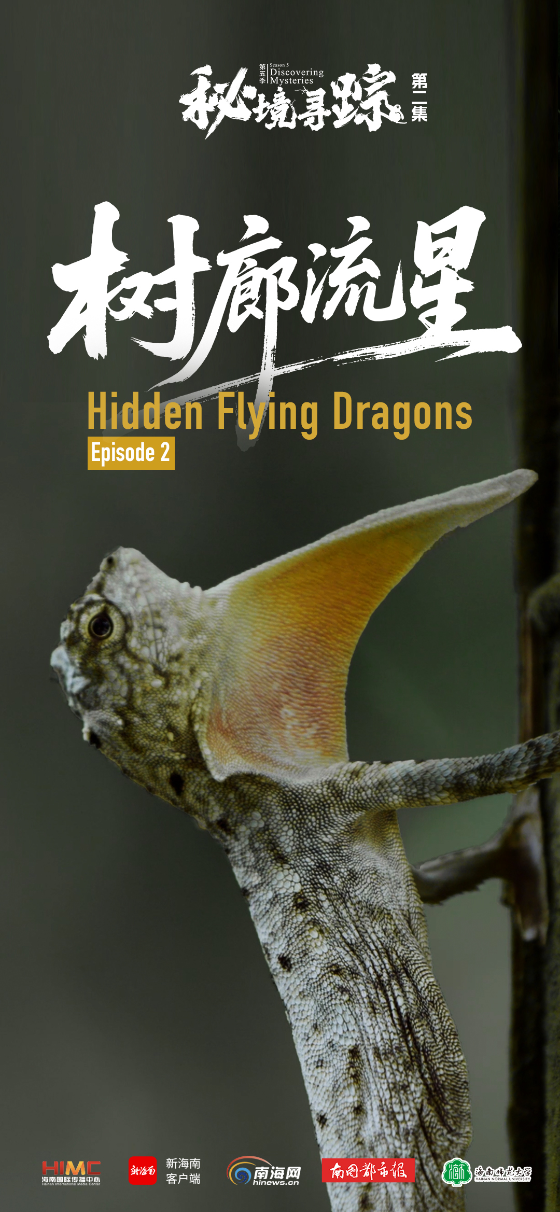
Discovering Mysteries S5, E2: Hidden Flying Dragons
07:25, 18-July-2025Discovering Mysteries Season 5
06:21, 18-July-2025Hainan's Free Trade Momentum
10:27, 17-July-2025Luo Jie: Risking Death to Transport War Supplies on the Yunnan-Myanmar Road
11:22, 15-July-2025This is Hainan: Discovering Mysteries Season 5 debuts July 15
11:22, 15-July-2025Discovering Mysteries S5, E1: Red Crest, Mighty Claws
11:22, 15-July-2025By continuing to browser our site and use the services you agree to our use of cookies, Privacy Policy and Terms of Use. You can change your cookie settings through your browser.
